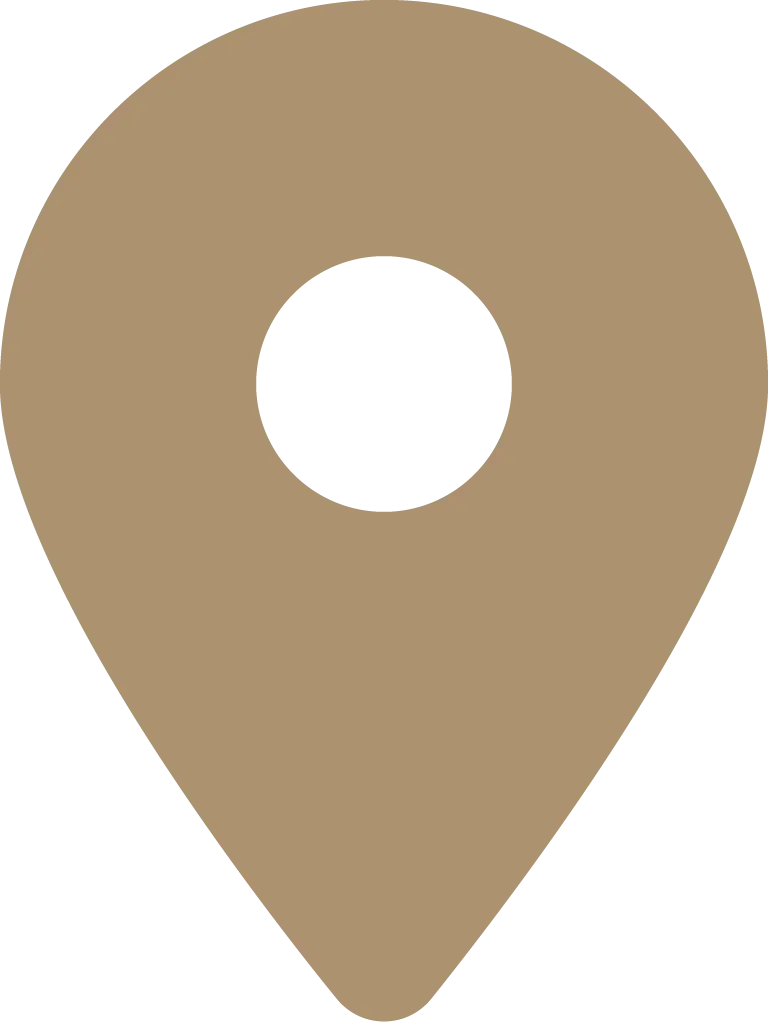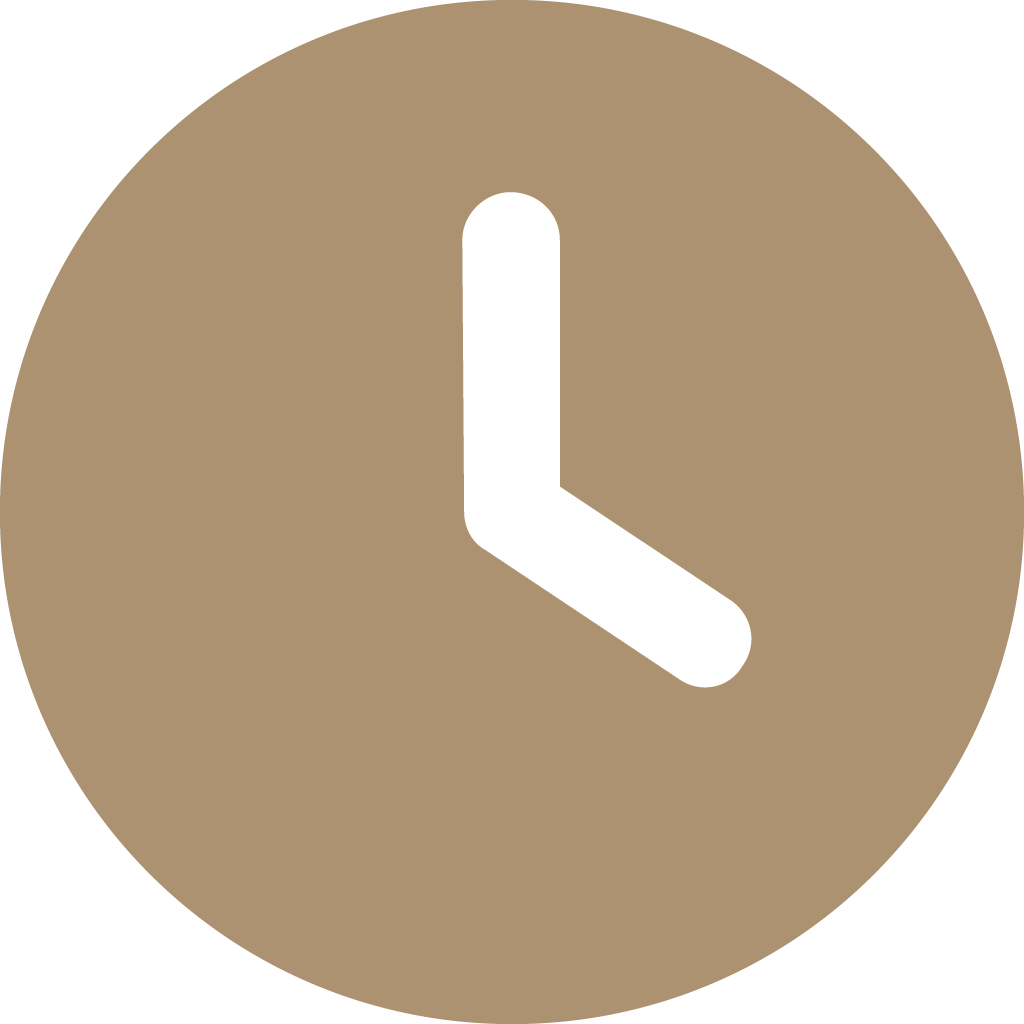Comprehensive Guide to M3M Store Design
M3M’s approach to store design focuses on creating environments that enhance the retail experience, attract customers, and support effective merchandise presentation. Their store designs are crafted to blend functionality with aesthetics, ensuring that retail spaces are not only visually appealing but also optimized for sales. Here’s a detailed look into the key elements of M3M’s store design:
1. Inviting Layouts
The layout of M3M stores is designed to create an engaging and comfortable shopping environment that encourages customers to explore and make purchases.
- Open Floor Plans: Stores are often designed with open floor plans that provide a clear and unobstructed view of the merchandise. This layout helps in maximizing product visibility and facilitates easy navigation for customers.
- Strategic Zoning: The design incorporates well-planned zones for different product categories, ensuring that related items are grouped together. This helps in creating a logical flow and makes it easier for customers to find what they are looking for.
- Customer Flow: Pathways and aisles are designed to guide customers through the store in a way that encourages them to browse and interact with various product displays. The layout considers the natural movement patterns of shoppers to enhance their shopping experience.
2. Premium Finishes
M3M ensures that every store features high-quality finishes that not only look impressive but also stand up to the wear and tear of daily use.
- High-Quality Materials: The use of premium materials such as polished stone, hardwood floors, and designer fixtures contributes to a luxurious and inviting atmosphere. These materials are selected for their durability and aesthetic appeal.
- Elegant Fixtures and Fittings: Store fixtures, display units, and furniture are designed with a focus on elegance and functionality. Custom-designed elements often reflect the brand’s identity and enhance the overall store ambiance.
- Attention to Detail: Every design element, from signage to shelving, is meticulously chosen and placed to ensure that the store not only looks attractive but also operates efficiently.
3. Strategic Display Areas
Effective product display is crucial for attracting customers and driving sales. M3M’s store designs include strategic display areas that highlight key products and promotions.
- Feature Displays: Prominent display areas are designed to showcase high-impact products or seasonal promotions. These feature displays are strategically placed to capture attention and draw customers into the store.
- Interactive Zones: Some stores include interactive zones where customers can engage with the products, try them out, or experience them in a simulated environment. This approach enhances customer engagement and can lead to increased sales.
- Flexible Merchandising: The design allows for flexible merchandising, enabling retailers to easily update displays and rearrange products as needed. This adaptability ensures that the store can stay current with trends and promotions.
4. Lighting and Ambiance
Lighting plays a crucial role in setting the mood and enhancing the visual appeal of a store. M3M’s store designs incorporate advanced lighting solutions to create a welcoming and engaging atmosphere.
- Ambient Lighting: General lighting provides overall illumination, creating a comfortable and inviting environment. The lighting is designed to be soft yet sufficient, ensuring that customers feel at ease while shopping.
- Accent Lighting: Spotlighting and accent lighting highlight specific products or displays, drawing attention to key merchandise and creating visual interest. This type of lighting helps in enhancing the focus on featured items.
- Mood Lighting: Some stores incorporate mood lighting that changes according to the time of day or special events. This dynamic lighting approach can create a unique and memorable shopping experience.
5. Brand Identity Integration
M3M’s store designs are tailored to reflect and reinforce the brand’s identity, ensuring that the store space aligns with the brand’s image and values.
- Customized Design Elements: Design elements such as color schemes, signage, and decor are customized to match the brand’s aesthetic and messaging. This helps in creating a cohesive and recognizable brand experience.
- Brand Storytelling: The store design often includes elements that tell the brand’s story or highlight its values. This could be through visual displays, interactive features, or thematic decor that connects with customers on an emotional level.
- Consistent Branding: The store design ensures that branding is consistent throughout the space, from the exterior signage to the interior decor. This consistency helps in building brand recognition and loyalty.
6. Customer Experience Enhancement
M3M’s store designs prioritize the customer experience, incorporating features that make shopping more enjoyable and convenient.
- Comfortable Seating Areas: Seating areas are often included to provide customers with a place to rest or wait, enhancing their overall shopping experience.
- Clear Signage: Well-designed signage helps customers navigate the store easily, find specific products, and understand promotions. Clear and attractive signage enhances the shopping experience and reduces frustration.
- Accessible Layout: The store design ensures that the layout is accessible to all customers, including those with disabilities. This includes wide aisles, accessible displays, and ramps where necessary.
Conclusion
M3M’s store designs are crafted to create an engaging and effective retail environment that supports brand identity, enhances the shopping experience, and drives sales. By combining inviting layouts, premium finishes, strategic displays, advanced lighting, and thoughtful integration of brand identity, M3M delivers retail spaces that are both visually appealing and functional. Whether you’re setting up a new store or looking to redesign an existing space, M3M’s approach to store design offers a comprehensive solution to meet your retail needs.



